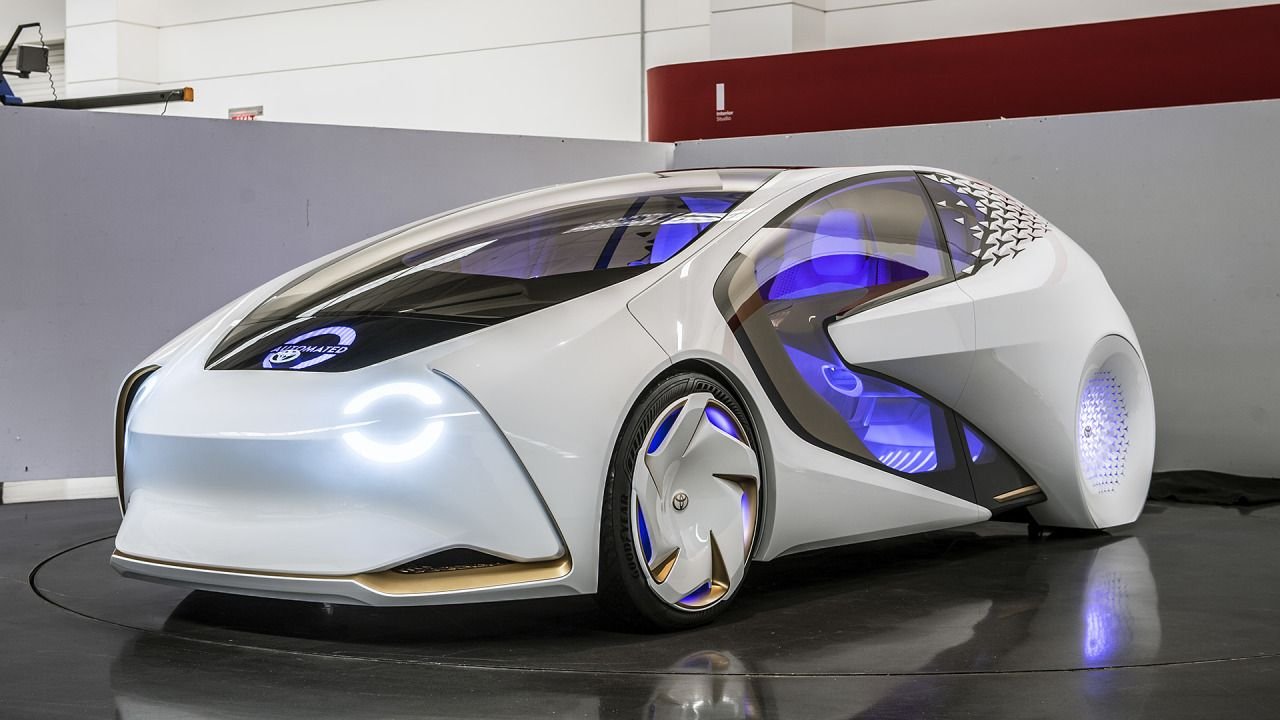Autonomous Vehicles Are They the Future of Transportation
Autonomous vehicles are rapidly emerging as a game-changing technology, poised to reshape the future of transportation. From self-driving cars navigating city streets to delivery drones carrying packages across vast distances, this innovative technology promises to revolutionize how we move around. This article delves deep into the world of autonomous vehicles, examining their potential, hurdles, and the evolving landscape of transportation. It will discuss the technology, societal impact, and potential challenges of this exciting new era in mobility. We will also explore how different stakeholders – governments, industries, and individuals – must work together to ensure a smooth transition.
Understanding the Technology Behind Autonomous Vehicles
Defining Autonomous Vehicle Technology
Autonomous vehicles, or self-driving cars, leverage a combination of advanced sensor technologies, sophisticated algorithms, and sophisticated data processing. These vehicles utilize a vast array of sensors, including cameras, radar, lidar, and ultrasonic sensors to perceive their surroundings. They process this information using sophisticated algorithms to make decisions and navigate their environment. Autonomous vehicle technology is constantly evolving with continuous improvements in sensor accuracy, algorithm refinement, and data processing power. This has led to increased performance and reliability in real-world applications.
The Potential Benefits of Autonomous Vehicles
Enhanced Safety
One of the most compelling arguments for autonomous vehicles lies in their potential to enhance road safety. Studies consistently demonstrate a correlation between human error and accidents. Autonomous vehicles, with their ability to follow traffic rules and react swiftly, have the potential to dramatically reduce the number of accidents caused by human error. Data from trials and test runs highlight the potential for significant improvements in traffic safety.
The Challenges of Implementing Autonomous Vehicles
Regulatory Hurdles
Navigating the regulatory landscape for autonomous vehicles presents a significant challenge. Currently, many jurisdictions lack clear regulations for autonomous vehicles, making it difficult for developers to fully deploy their technology. Different countries and regions have varying levels of acceptance and commitment toward establishing a clear regulatory framework for these vehicles, adding to the complexity of widespread adoption. A lack of clear legal guidelines can stifle innovation and hinder the widespread implementation of this transformative technology.
The Impact on Urban Mobility
Traffic Optimization
The implementation of autonomous vehicles is projected to lead to significant changes in urban mobility patterns. With advanced technologies enabling vehicles to communicate with each other, optimizing traffic flow becomes a possibility. This could lead to reduced traffic congestion and faster commute times for individuals. The ability to coordinate movements of autonomous vehicles has the potential to optimize traffic flow and reduce congestion in congested urban areas.
Related Post : How Biotech Is Pushing the Boundaries of Medicine and Healthcare
The Economic Implications of Autonomous Vehicles
Job Displacement and Workforce Adaptation
The transition to autonomous vehicles is likely to affect employment in certain sectors. The widespread adoption of autonomous vehicles will almost certainly impact employment in roles traditionally held by human drivers. This presents a need for workforce adaptation to new opportunities arising from the vehicle automation trend. The future workforce might require extensive reskilling and upskilling in areas such as data science, software engineering, and autonomous vehicle maintenance.
The Societal Implications of Autonomous Vehicles
Access to Transportation for Vulnerable Populations
Autonomous vehicles have the potential to democratize access to transportation, specifically for individuals with disabilities or limited mobility. With proper implementation and consideration, autonomous vehicles can play a vital role in offering a solution for such populations. Features such as ride-sharing and adaptive controls could improve inclusivity for vulnerable groups, opening up opportunities and improving quality of life.
Ethical Considerations for Autonomous Vehicles
Establishing Ethical Guidelines
As autonomous vehicles become more sophisticated, the ethical dilemmas they present will only grow. Developers and policymakers need to establish clear guidelines for how these vehicles respond in complex or uncertain situations. There is a constant need for thorough investigation into scenarios where autonomous vehicles must make difficult decisions, such as choosing between multiple, potentially harmful outcomes.
Infrastructure Requirements for Autonomous Vehicles
Developing a Robust Infrastructure
The widespread adoption of autonomous vehicles demands a robust and supportive infrastructure. The current infrastructure is not always compatible with the specialized needs of autonomous vehicles. This includes a robust communication network to facilitate vehicle-to-vehicle communication, as well as dedicated pathways and charging stations for electric autonomous vehicles. These advancements can enable seamless integration of autonomous vehicles into existing infrastructure.
The Role of Government Regulation in Autonomous Vehicle Development
Establishing Clear Regulations
A carefully developed regulatory framework is essential for fostering innovation and ensuring safe deployment of autonomous vehicles. Establishing clear regulations is crucial for fostering innovation and ensuring safety, encouraging collaboration amongst stakeholders, and facilitating widespread adoption of the technology. Regulations should address issues such as liability, cybersecurity, and data privacy in an environment ripe with innovation, ensuring user safety and technological advancement with regulatory oversight and public trust. The future of autonomous vehicles depends on finding a regulatory balance that encourages progress and safeguards users.
Autonomous vehicles are poised to revolutionize transportation, presenting a mix of opportunities and challenges. While significant hurdles remain in areas like safety, infrastructure, and regulation, the potential benefits—from reduced traffic congestion to improved accessibility—are undeniable. To fully harness the transformative potential of autonomous vehicles, collaborative efforts between researchers, policymakers, and the public are crucial. Continued investment in research and development, alongside transparent regulatory frameworks, will pave the way for a future where autonomous vehicles become an integral part of our everyday lives. This article encouraged thoughtful consideration of the potential of autonomous vehicles, and we encourage readers to further explore these complex issues.
Share this content:














Post Comment